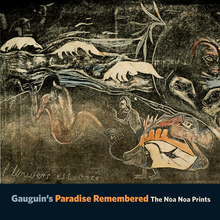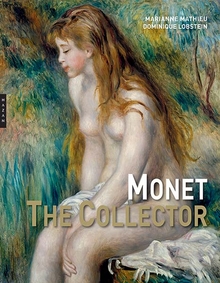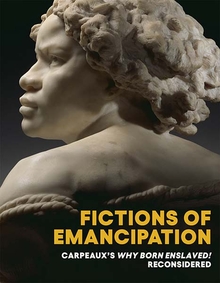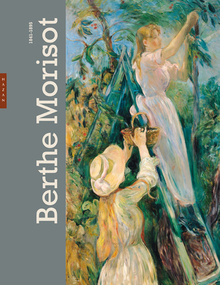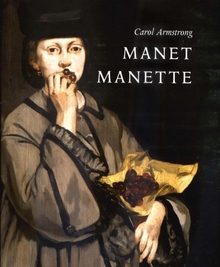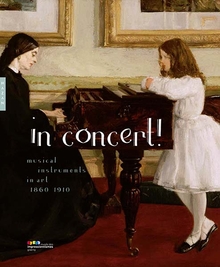Extremities
WARNING
You are viewing an older version of the Yalebooks website. Please visit out new website with more updated information and a better user experience: https://www.yalebooks.com
Painting Empire in Post-Revolutionary France

Read this book online via the A&AePortal, our art and architectural history eBook platform. To learn more about how to access this book, please contact us.
In the decades following the French Revolution, four artists—Girodet, Gros, Géricault, and Delacroix—painted works in their Parisian studios that vividly expressed violent events and issues in faraway, colonial lands. This highly original book examines six of these paintings and argues that their disturbing, erotic depictions of slavery, revolt, plague, decapitation, cannibalism, massacre, and abduction chart the history of France’s empire and colonial politics.
Darcy Grimaldo Grigsby shows that these paintings about occurrences in the West Indies, Syria, Egypt, Senegal, and Ottoman Empire Greece are preoccupied not with mastery and control but with loss, degradation, and failure, and she explains how such representations of crises in the colonies were able to answer the artists’ longings as well as the needs of the government and the opposition parties at home. Empire made painters devoted to the representation of liberty and the new French nation confront liberty’s antithesis: slavery. It also forced them to contend with cultural and racial differences. Young male artists responded, says Grigsby, by translating distant crises into images of challenges to the self, making history painting the site where geographic extremities and bodily extremities articulated one another.
Darcy Grimaldo Grigsby shows that these paintings about occurrences in the West Indies, Syria, Egypt, Senegal, and Ottoman Empire Greece are preoccupied not with mastery and control but with loss, degradation, and failure, and she explains how such representations of crises in the colonies were able to answer the artists’ longings as well as the needs of the government and the opposition parties at home. Empire made painters devoted to the representation of liberty and the new French nation confront liberty’s antithesis: slavery. It also forced them to contend with cultural and racial differences. Young male artists responded, says Grigsby, by translating distant crises into images of challenges to the self, making history painting the site where geographic extremities and bodily extremities articulated one another.
Darcy Grimaldo Grigsby is associate professor of the history of art at the University of California, Berkeley.
“What ultimately makes this study so engaging is . . . its breathtaking audacity and its often virtuosic analyses of the paintings themselves. . . . Extremities is pathbreaking in so many ways. . . . A brilliant and exciting book.”—Mark Ledbury, Art Bulletin
“Each of these six investigative meditations manifests the author’s superb understanding of the historical and cultural environment in which the paintings was executed and a real sensibility to its figurative properties. . . . A volume destined for controversy and yet requisite for advanced art history libraries.”—Library Journal
"Powerfully argued, eloquent, and exciting. . . . Grigsby’s readings are based on mastery of an enormous amount of historical and theoretical material (as her copious and absorbingly detailed notes attest) and keen observation of visual fact. An original contribution, and a touchstone for future studies of the period."—Choice
“I anticipate that Extremities will become a classic of the historiography of early nineteenth century painting. . . . A compelling read.”—Emily Richardson, Object
“[An] important new contribution to art history. . . . Original and informed.”—Tony Halliday, Art History
ISBN: 9780300259100
Publication Date: May 11, 2002
Publication Date: May 11, 2002
408 pages, 0 x 0


